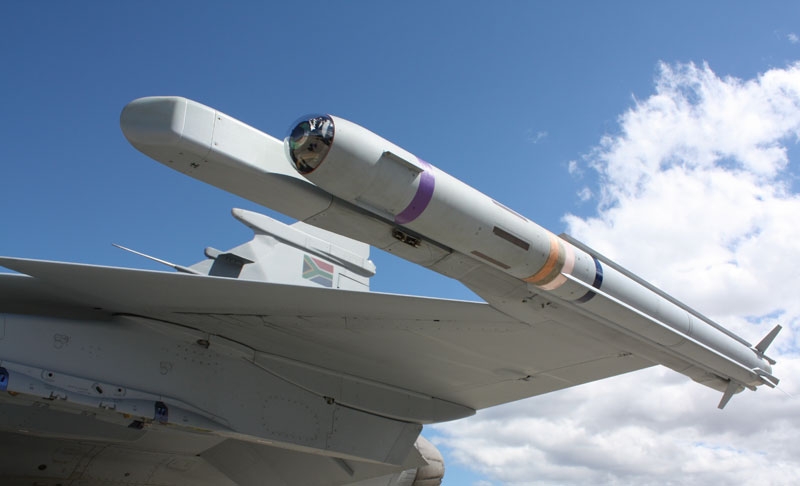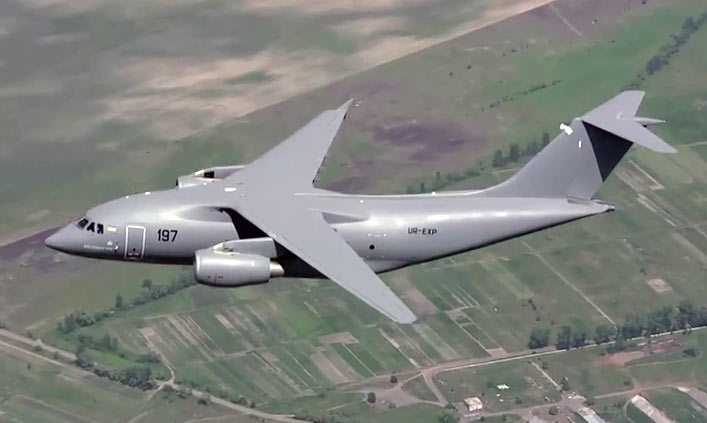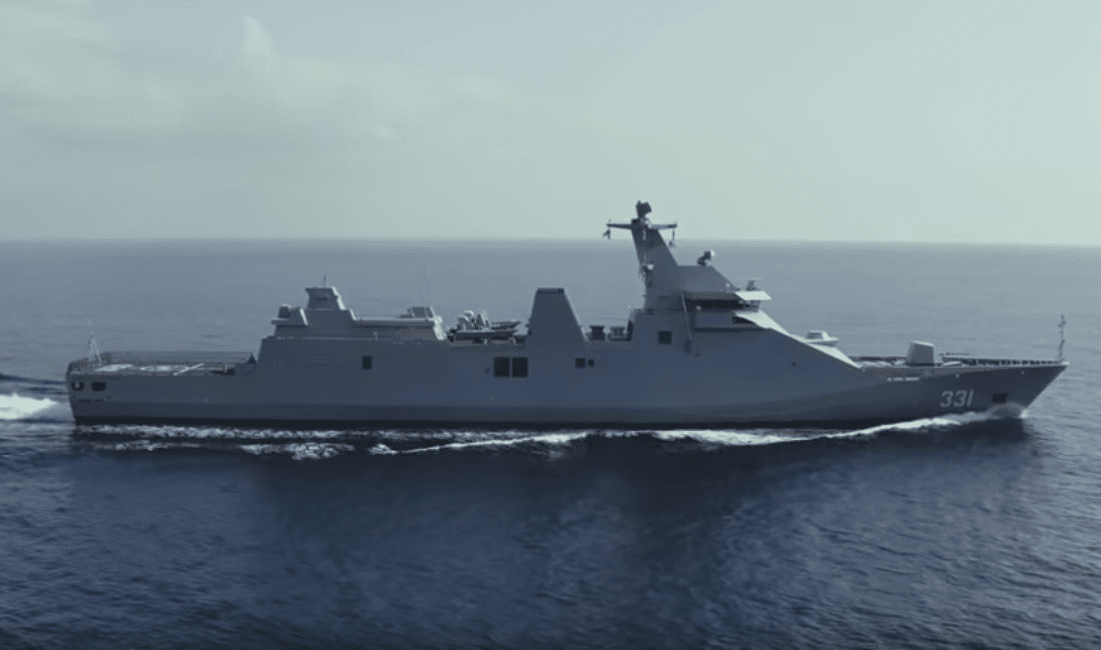3120Views 17Comments

Ideas about the JF-17 Block-III’s HOBS AAM
With the addition of a helmet-mounted display and sight (HMD/S) system, active electronically-scanned array (AESA) radar, a high off-boresight (HOBS) air-to-air missile (AAM), and potentially even infrared search and track (IRST), the JF-17 Block-III is poised to be a significant upgrade for the Thunder.
Having already taken a look at the JF-17 Block-III’s HMD/S and IRST options, we will devote this article at the various HOBS AAM options potentially available to the Pakistan Air Force (PAF) for use on the JF-17. HOBS AAMs – which include 5th-generation within visual range air-to-air missiles (WVRAAM) – are highly capable munitions for close quarters air-to-air combat.
A result of over 50 years of developmental work on making air-to-air missiles resistant to modern jamming and self-protection measures, HOBS AAM technology seeks to imbue fighter aircraft with highly credible dogfighting capabilities. For example, the introduction of digital imaging infrared (IIR) seekers has enabled these AAMs to be highly resistant to current self-protection methods (involving flares).
Moreover, HOBS AAMs can also be slaved to HMD/S, enabling a pilot to cue the missile’s target using his or her eyesight. Paired with a thrust-vectoring nozzle and high-speed rocket, that is a dangerous combination, thus making dogfights a high risk proposition (notwithstanding the rise of new countermeasures to thwart these missiles).
The JF-17’s HOBS AAM options basically boil down to two strong options: The Luoyang Electro-Optical Research Institute (LEOC) PL-10 and Denel Dynamics A-Darter.
The LEOC PL-10 is China’s latest WVRAAM. Marketed as a “world class” product, the PL-10 certainly looks like a highly promising system. China’s IIR seeker technology has certainly advanced, not only is it present in the PL-10, but it is also making its way to next-generation short-range and man-portable air defence systems (MANPADS) (such as the QW-19). Although it has not yet been seen, the PL-10 will likely be paired with a new Western-inspired HMD/S system.
The Denel Dynamics A-Darter is not much different. The physical parameters are comparable, though the range has not been disclosed (unlike the PL-10 – 20km+), Denel Dynamics does claim that the A-Darter can be used “beyond IR detection range.” It is probably in the 20km+ range.
Overall, the PAF will not go wrong with either option. Granted, the LEOC PL-10 does benefit from the fact that it will have assured developmental support from China, meaning, new variants will be on the horizon. A J-10C was spotted with the PL-10 as well.
This is speculation on our part, but the A-Darter may be available on the market today; if the PAF can secure a readily available HMD/S, it could equip the JF-17 Block-I/II with HOBS AAMs right away. But it seems the capability is being staged with the JF-17 Block-III, hence the PL-10’s potentially later market availability date does not really affect the program.
As it stands, the PAF will probably go for the PL-10, especially if the HMD/S is sourced from China as well. For what it is worth, these are very high profile programs for the People’s Liberation Army Air Force (PLAAF) in that they closely tie with its next-generation fighter programs, namely the J-20. For the PAF to go with the A-Darter, the A-Darter would have to perform substantially better than the PL-10, which is unlikely, especially given the developing funding China is pushing behind its programs. The only dampener would be Chinese reluctance to release the PL-10, if not to the PAF, then for prospective export customers of the JF-17. If there is a need for the A-Darter (and Western HMD/S), it will likely be in the context of an export-centric JF-17.
There is another issue to consider as well. The acquisition of a HOBS AAM could potentially be linked to an acquisition of next-generation MANPAD and SHORAD systems. The guidance, range, electronic counter-countermeasure (ECCM) and maneuverability gains of these AAMs would make for excellent successors to Pakistan’s existing SHORAD set-up. Given how these missiles could be scaled across a wide number of use cases over the long-term, Pakistan might benefit from acquiring the core missile design alongside the necessary rights and infrastructure for local licensed manufacturing.
From the angle of transfer-of-technology and manufacturing on license, the A-Darter could stand a credible chance over the PL-10. Granted, it would be the riskier proposition for the PAF, but Denel Dynamics is not averse to such arrangements. Furthermore, unlike some of Denel Dynamics’ other programs (e.g. the Marlin), the A-Darter’s development is complete and the missile is in production. If the core technology could be scaled for SHORAD applications, especially over the long-term, the acquisition costs of the A-Darter (with local licensed production) could be distributed.
In any case, the PAF has its options in this area. This could be one of the features of the JF-17 Block-III that might be finalized earlier than the other subsystems, such as the AESA radar. In fact, HOBS AAM could be readily integrated onto the JF-17 Block-I/II, giving them a solid capability boost in relatively short-order. HMD/S is not even necessary (in terms of a short-term upgrade). For example, the A-Darter has a wide-angle scan feature, which enables it to acquire identify and lock onto targets independently. Given that the core technologies are comparable, the PL-10 should be capable of the same.



17 Comments
by jigsaww
PAF will get both PL-15 and PL-10 on JF-17, the focus is on western systems for now. Current threat assessments do not dictate next gen missile acquisition at this point.
by Shershahsuri
Sir, why not integrate a HOBS AAM and HMD to JF-17 block 2?
by jigsaww
Priority is to bring these capabilities from Block 3 and then upgrade the block 2 backlog units.
by srmklive
@jigsaww:disqus i second your thoughts here as well. I like to believe that some serious R&D work is underway for Block-III which incidentally is coinciding with 2020 deadline of replacement of old Mirages & F-7P.
by jigsaww
The F-16 program getting endangered will multiply PAF’s efforts into making JF-17 more lethal.
by Ashi Sidhu
i seriously doubt if jf 17 block 3 will have so many upgrades
by bla bla
Your in a state denial for the last century
by bla bla
The point is Pakistan PAF & PAC has to decide upto what extend they can go in developing a combat system Italian companies are interested so as Chinese & Russian will definitely like to cooperate
by Smoking a Tejas
Any reason why? Considering the sequential improvements already seen, it makes eminent sense especially if new vipers are off the table
by Zaff Hundal
Why???
Because the new systems will be integrated before tejas maybe (I highly doubt it even if saab will overtake?) operational.
by MT
cheeni aesa capabilities still a question mark as they just introduced gen1 version of aesa In 2014 release of j10b which probably have 600-700 T/R modules.
All other cheeni planes r using sourced aesa from russia which seem to have 1600-1700 T/R module for Pak-Fa prototype
In the best case; chins are stuck between gen1-2 of aesa technology,russia, french,Israeli r hovering in 3rd gen while usa have matured 4th gen aesa radar.
jf17 block3 is stuck bcoz pak isn’t convinced of cheeni local aesa technology so they may be wanting to use selex aesa while india on the contrary have been testing israeli made el/m2052 variant which ll be having 600-700 T/R Modules while 2052 natIve variant has 512 modules
by MT
cheen struggling big time on capable aesa release.
pak is going to see muck on its face as all their dream of procuring 4+《technology from cheen ll end up exposing cheeni defence industries
why do u think that paf keeps meeting Italians??
At least Italian have a workin aesa .cheeni have already adopted russia aesa design.
Pakistan ain’t getting proper cheeni aesa until 2021 in their tin craft block3
India HAL and israel elta r already testing el-/m 2052 512 T/R modules &; a more powerful aesa el-2052 variant.
by Khan
What would be the the capabilities of block 3 after getting all these upgrades in a dogfight with su30 and rafale?
Can some one answer plz.
by saqrkh
You’re making a lot of inferences based on opinions and guesswork.
by Muhammad Shahid
One thing is very interesting….., that whenever host put some article about JF17 program, its like he puts a heavy boot on indian dog’s tails….who all (in serious pain) starts chiaon chiaon chiaon together against JF17, China Pak. Host should keep it up and let the indian dogs burn more and more. JF-17 Zindabad.
by jigsaww
Lol. That’s one vivid description.
by Sami Shahid
A Mach 1.8 engine is must